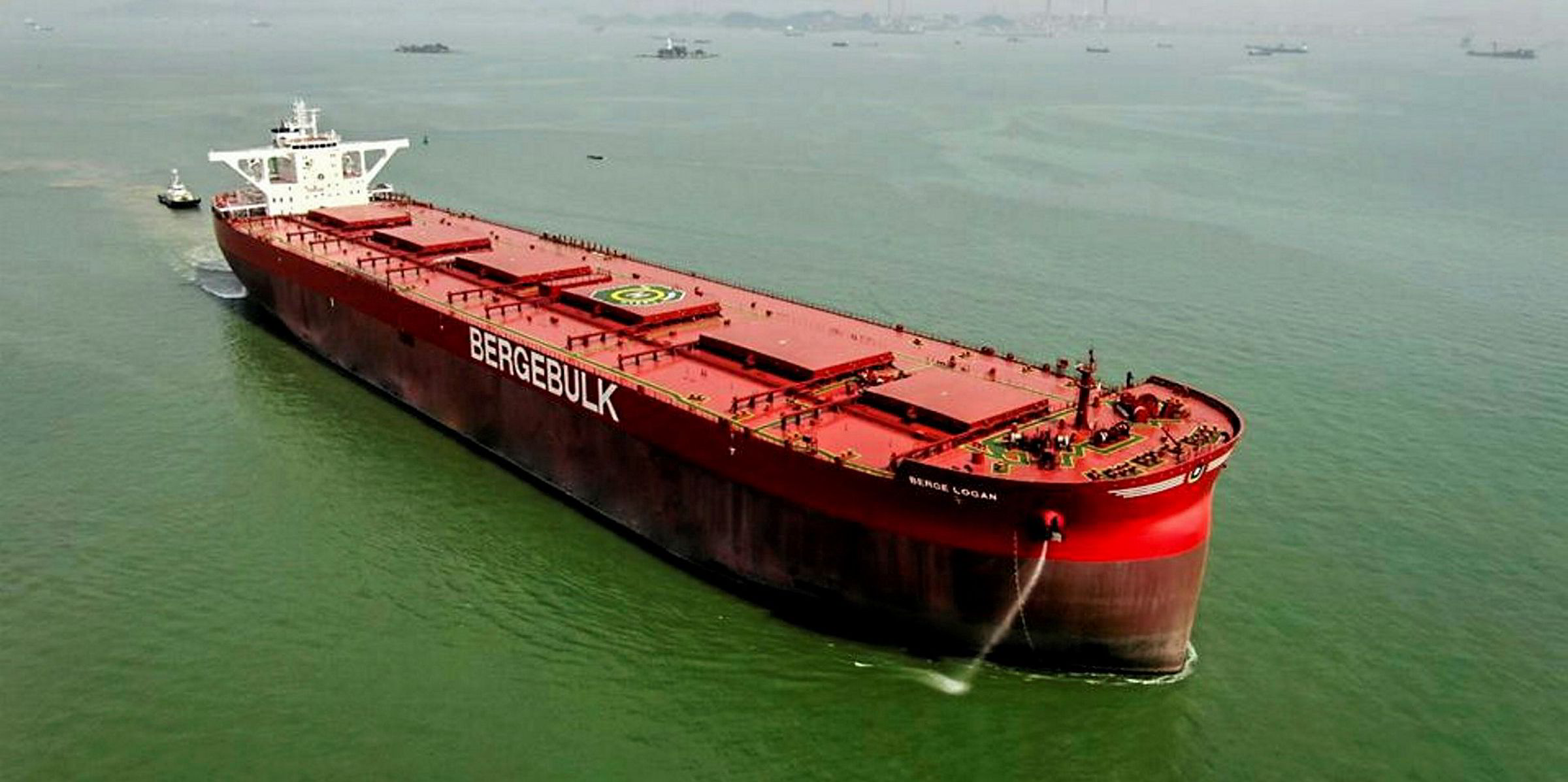Chinese ports are experiencing a "remarkable" rebound in business following the economic hit they took from the coronavirus outbreak earlier this year.
That is the view of Clarksons Platou Securities, which has produced port call figures to 11 April derived from AIS vessel movements.
Turner Holm, head of research at the investment banking unit of broker Clarksons, said global trade appears to be trending lower, but patterns diverge widely, depending on the country or region.
Total global port calls are down about 15% compared with the same period in 2019, but large vessel visits are roughly flat.
The main drag is passenger ferries, down 43% year on year. These have historically comprised about 35% of the global total.
Chinese rebound
In China, the data shows improving activity, with all shipping segments except cruise now recording more port calls than during the same period last year, and total growth running at about 20%.
"That turnaround is remarkable considering the 30% year-on-year fall experienced in mid-February, normalised for the Chinese New Year," Holm said.
"In many ways the data is consistent with media reports about gradual normalisation, but gradual normalisation implies a lower activity level in the process of reverting back to the pre-existing trend."
The data shows a "broad expansion" in shipping activity, Holm added, which could signal a restocking or possible stockpiling of raw materials ahead of fiscal stimulus.
Cautious on conclusions
He noted trade activity is "somewhat uncertain", since the data shows only port calls, not volumes in the ships, although that is mostly an issue for container vessels.
"In any case we would be careful before drawing too many conclusions, but the data does appear to support a constructive view of Chinese economic activity," he said.
Europe's five largest economies are lagging, by contrast.
Port calls are now 33% below the same period last year as countries such as the UK, Spain and Italy remain in the grip of Covid-19.
This figure is equivalent to the weakest period China experienced in mid-February.
But the trend diverges according to vessel segment.
Large vessels carrying industrial commodities are faring better, down about 10% from last year, the figures show.
"Meanwhile the passenger segments like ferries and cruiseships have nearly been wiped out," Clarksons Platou added.
US down a little
The trend in the US appears to show a slight negative growth in activity levels, a reversal from the growth seen earlier in 2020, before widespread measures to stop the virus.
Most of the segments related to US oil and gas production are showing growth in activity from last year.
"We note that the US, while it is the world's largest economy, comprises only about 7% of global port calls or about 10% of port calls for large vessels," Holm said.
"That compares to China, which comprises about 8% of global port calls and 18% of port calls for large vessels."
The company concluded that the global economy remains in a weak state, with significantly lower port call activity implying reduced global trade levels.
However, the trend for large vessels and industrial segments is now flat with last year, having recovered from low levels in February and March, led by a recovering China.






